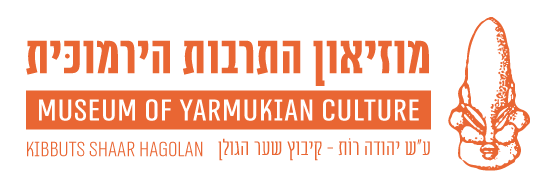The Museum of Yarmukian Culture
Exploring an Ancient Culture…
Go on a fascinating journey back in time to the late stone age era, visit the Yarmukian Culture museum at kibbutz Shaar Hagolan.
This site was one of the important cultic and artistic centers in the Ancient Middle East, where the very beginnings of agriculture and pottery occurred.
An 8000 years old Neolithic village on the bank of the Yarmuk river
The Museum of Yarmukian Culture at kibbutz Shaar Hagolan is well known all over the world for the number and quality of items on its display. The visitor gains a comprehensive picture of daily life as well as the art and cult of an 8000 years old Neolithic farmer’s village.
This culture was first unearthed in Shaar Hagolan and was named the Yarmukian culture. The largest assemblage of prehistoric artifacts ever found in Israel comes from the site of Shaar Hagolan. The finds, numbering about 300 items, include human figurines made of clay and pebbles incised with geometrical patterns, and pendants. The Yarmukian village at Shaar Hagolan was one of the most important cultic and artistic centers in the Middle East.
The Beginning of Pottery
The greatest innovation made by the Yarmukian people of Shaar Hagolan was the use of pottery – the earliest known in Israel. The beautifully shaped vessels were made in a variety of forms and sizes, and were used for cooking, serving food and storage. The typical decoration was incised herring bone pattern arranged in horizontal and diagonal lines over the body of the vessels.
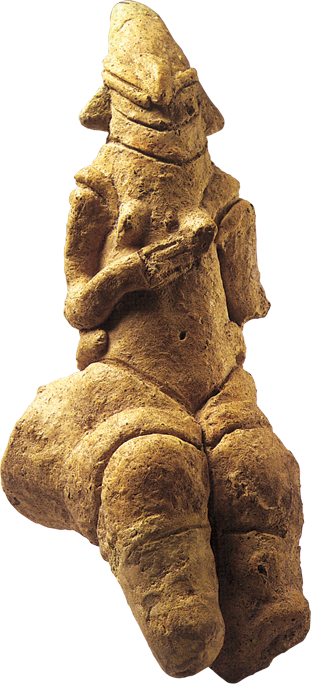
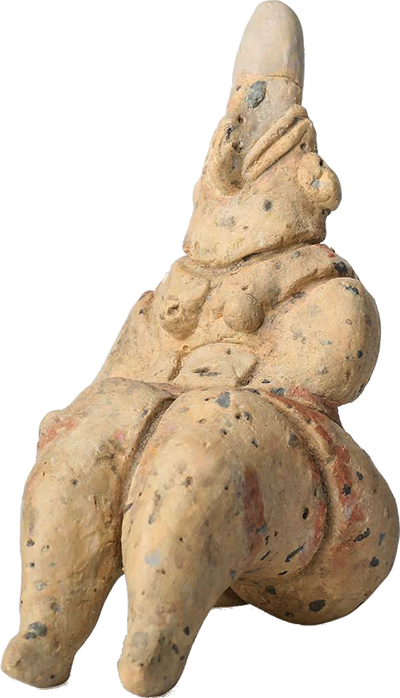
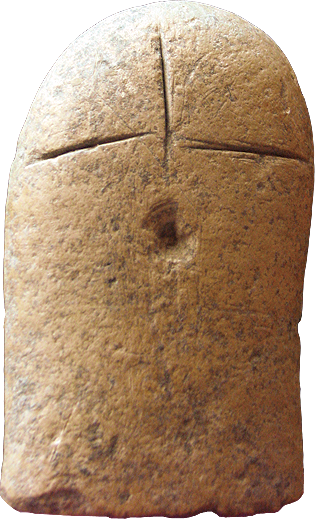
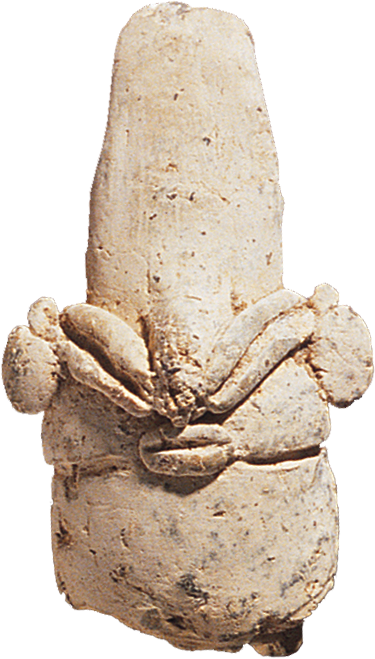
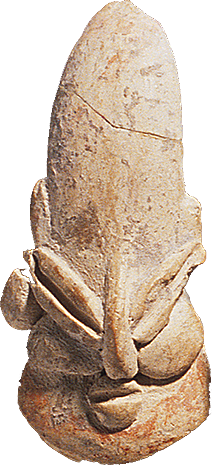
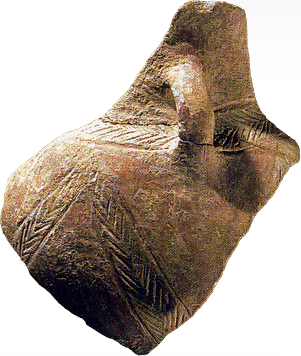
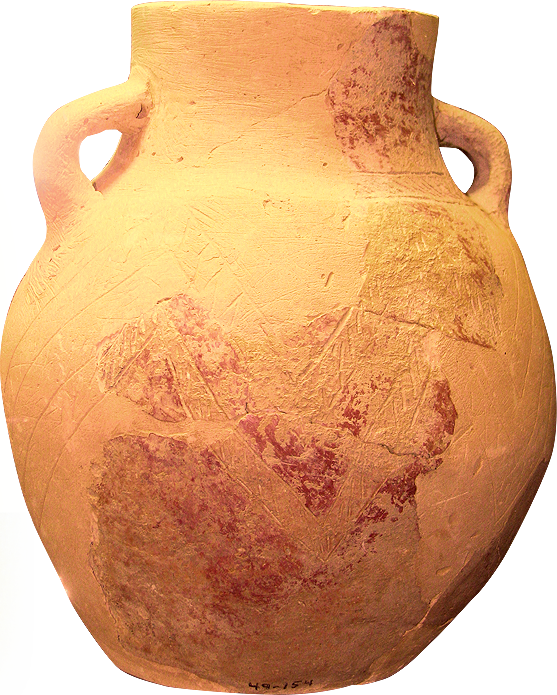
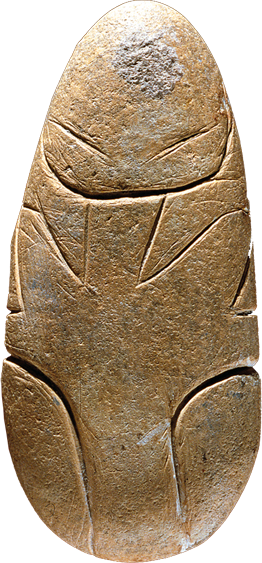
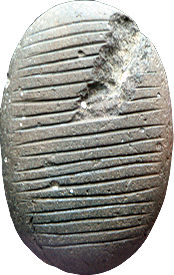
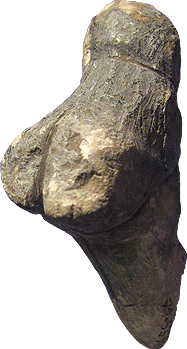
Clay Human Figurines
Some of the most remarkable finds from the ancient village at Shaar Hagolan are the clay figurines which depict seated women, and few men. The fine details of the figurines give them a unique position in ancient Near East art. These figurines had a cultic function. In Neolithic art women figures symbolized the “Mother Goddess” or “Great Mother”, who was associated with human fertility and the fertility of flocks and fields.
Pebble Human Figurines
About a hundred figurines incised on limestone pebbles were found in the Yarmukian village at Shaar Hagolan. These are stylized human figures which may be divided into three groups: detailed figurines, face figurines and eye figurines. The difficulties of carving the hard pebbles led to increased schematization of garments and body features, the most common and important of which were the eyes.
